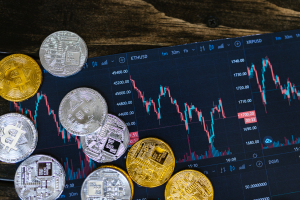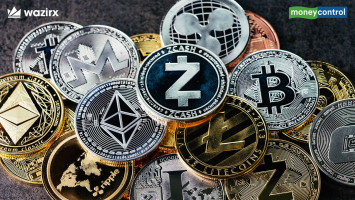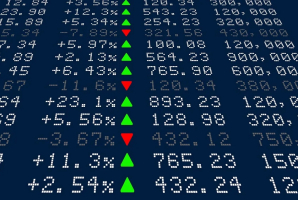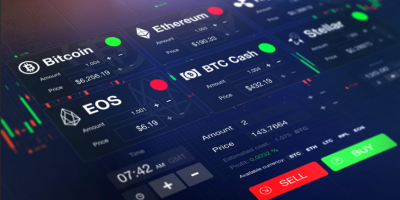Top 6 Reasons Cryptocurrency Exchanges Delist Cryptocurrencies
In the world of cryptocurrencies, delisting a coin from a cryptocurrency exchange can have significant implications. In this article, Toplist has compiled 6 ... read more...reasons why cryptocurrency exchanges choose to delist certain cryptocurrencies. From low trading volume to security risks and cryptocurrency scams, understanding these factors is crucial for investors and traders alike.
-
Despite the decentralized and "permissionless" nature of the cryptocurrency space, cryptocurrency exchanges are bound by regulations. As cryptocurrencies gain mainstream acceptance, exchanges face increasing scrutiny from financial authorities. In the United States, exchanges must adhere to strict Know Your Customer (KYC) and Anti-Money Laundering (AML) regulations, necessitating user identity verification and monitoring of suspicious transaction patterns that could indicate illicit activities.
If a particular cryptocurrency is associated with criminal or dangerous activities, exchanges may deem it too risky to support. Privacy-focused coins like Monero, linked to dark web usage, have been delisted by crypto exchanges such as Coinbase, Bittrex, and ShapeShift, while others continue to support it.
Moreover, countries occasionally impose bans or stringent regulations on cryptocurrencies. Exchanges operating within such jurisdictions may be required to delist coins that have become illegal or violate sanctions against specific countries or entities.
To avoid regulatory repercussions, exchanges cannot afford to list non-compliant cryptocurrencies. If a coin's legal status is unclear or regulators raise concerns, a delisting often follows swiftly.

Image by Kanchanara via Unsplash 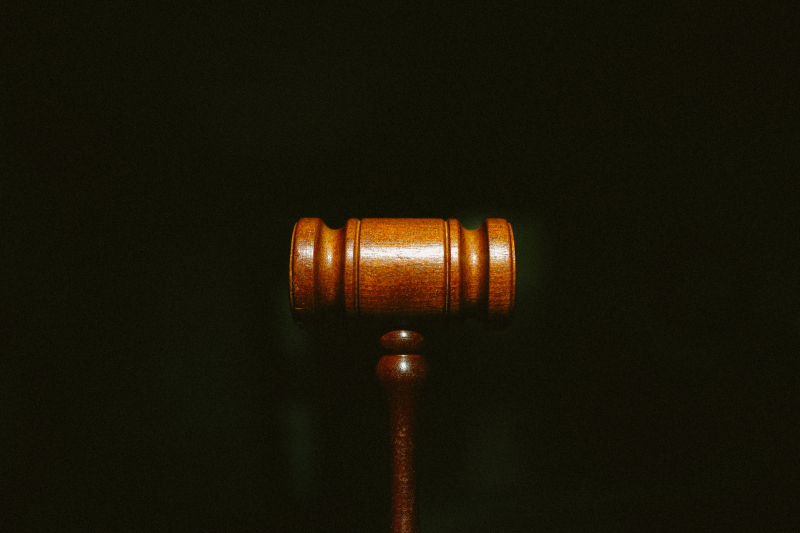
Image by Tingey Injury Law Firm via Unsplash -
In the cryptocurrency landscape, the reality is that thousands of cryptocurrencies exist, but only a fraction of them gain significant traction. Many projects are abandoned or were merely gimmicks from the start. Consequently, it becomes inevitable for exchanges to delist cryptocurrencies that no longer generate customer interest.
It may seem unfair to low-volume coins, as they may not have had a fair chance. However, crypto exchanges have a responsibility to cater to active traders. Delisting stagnant coins enables them to concentrate on those that people are actively buying and selling.
Therefore, if you hold a coin with low liquidity, there is always a risk of it being removed due to lack of usage. The best defense lies in project developers fostering community involvement and increasing trade volume, as exchanges require sufficient activity to justify keeping a coin listed.
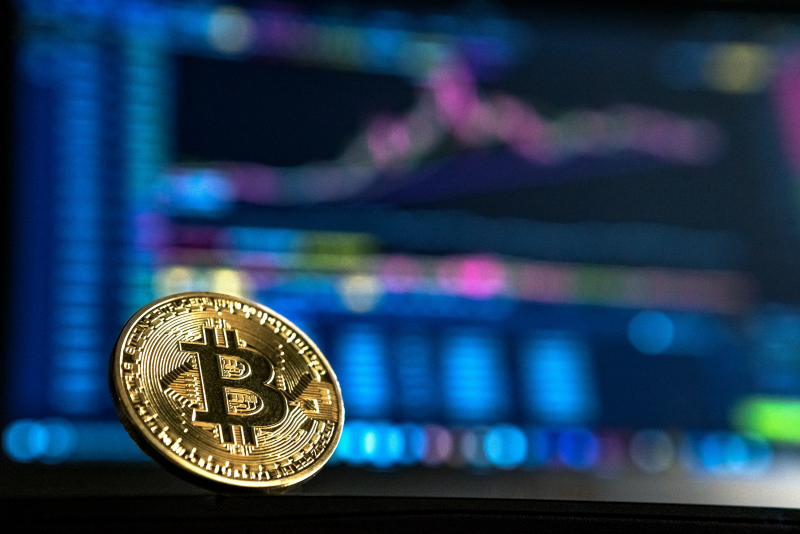
Image by André François McKenzie via Unsplash 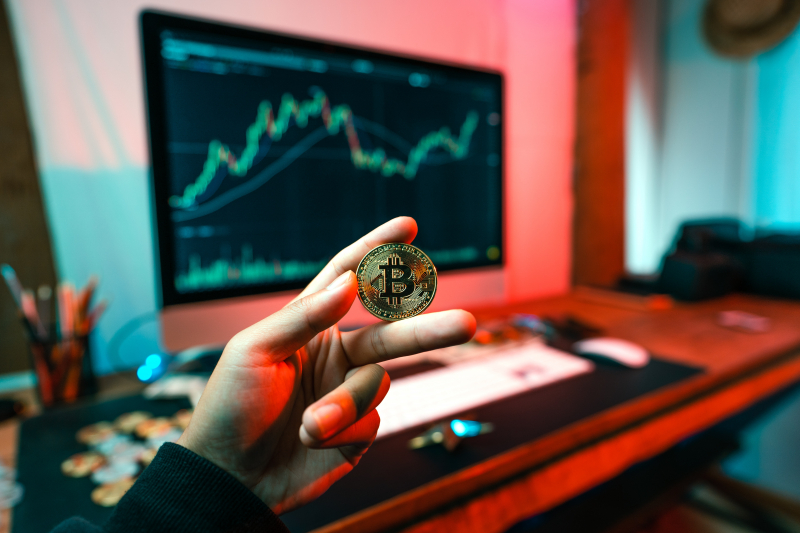
Image by Art Rachen via Unplash -
Ensuring robust security measures is of utmost importance for cryptocurrency exchanges. Consequently, if a coin presents potential security risks, exchanges may opt to discontinue support to avoid complications.
For instance, certain smaller altcoins may lack active developer communities, increasing the likelihood of vulnerabilities and bugs remaining unaddressed. This situation raises concerns about the coin's susceptibility to compromise. Exchanges aim to avoid the consequences of listing a vulnerable coin that could be exploited by hackers.
Exchanges must also consider user-side security. If a cryptocurrency's wallet software is unreliable and exposes users to compromise, the exchange may face repercussions for endorsing an insecure coin.
Furthermore, the more tokens an exchange lists, the larger the potential attack surface for hackers, prompting exchanges to limit offerings to more secure currencies and reduce risk.
Moreover, if a coin experiences a significant security incident, such as a major hack destabilizing its blockchain or the detachment of a stablecoin, it severely undermines confidence. Exchanges may wish to safeguard their reputation by severing ties with the affected coin.
Given that cryptocurrency exchanges handle virtual assets worth billions, they cannot afford to compromise on security. Delisting cryptocurrencies with questionable security is a challenging yet prudent risk management decision, safeguarding both the exchange's business and its customers.
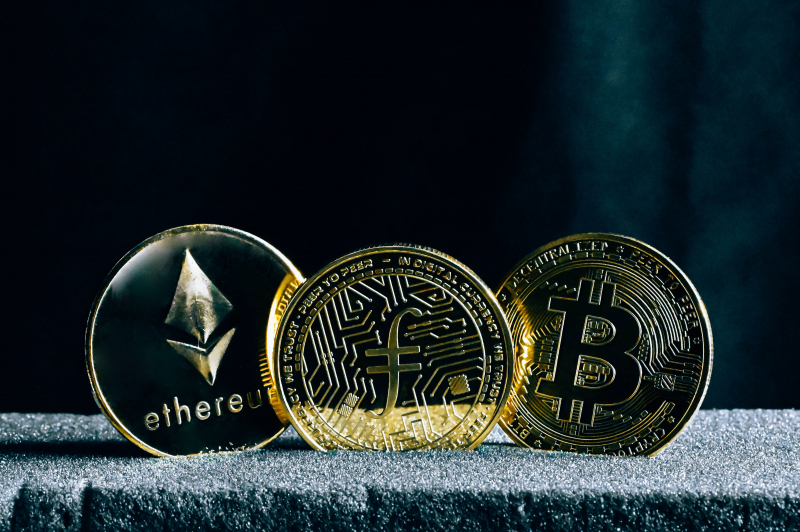
Image by Traxer via Unsplash 
Image by FLY:D via Unplash -
A pump and dump scheme refers to a coordinated effort by a group to artificially inflate the price of a cryptocurrency through collective buying. Once the price reaches its peak, they quickly sell off their holdings, leaving regular investors with significant losses.
These cryptocurrency scams are highly unethical and expose exchanges to potential legal complications related to market manipulation. Consequently, when a specific coin is identified as an active pump and dump vehicle, exchanges typically take swift action to delist it.
Telegram groups and Discord servers often serve as platforms for orchestrating these deceptive schemes. Crypto exchanges can monitor these channels to gather evidence of coordinated pumps and identify coins to avoid.
Signs of a pump and dump scheme include sudden and significant price and volume spikes without any logical explanation. Furthermore, if a coin's activity is primarily concentrated within a small group of wallets, it raises suspicions.
While some unscrupulous exchanges may hesitate to delist these fraudulent coins due to the trading fees generated by such activities, legitimate and trustworthy cryptocurrency exchanges act promptly to remove manipulative assets from their platforms.
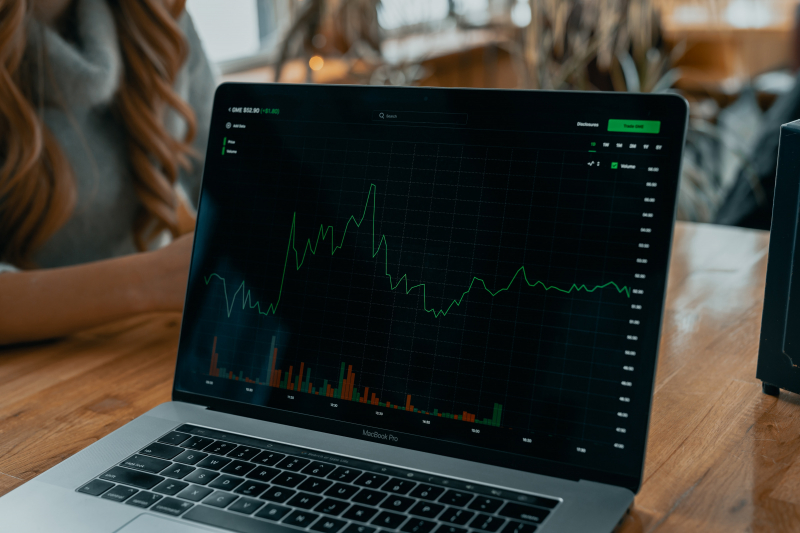
Image by Daily Tech via Unplash 
Image by Kachanara via Unplash -
Operating a cryptocurrency exchange is a business, and listing decisions are influenced by competition. If a new exchange offers more favorable terms for a particular token, it may be reasonable to consider delisting it.
Let's imagine a scenario where a competing platform emerges, charging lower trading fees for a specific cryptocurrency. Naturally, this makes the coin more attractive to traders, resulting in a shift in trading volume.
In such cases, the exchange with higher fees is losing transaction revenue for that coin to its competitor. At a certain point, it may be more sensible for them to remove the coin rather than attempting to match the pricing.
Cryptocurrency exchanges must also evaluate how new listings could impact their existing market share. For instance, if a coin directly competes with a cryptocurrency already listed on the exchange, they may be reluctant to undermine their own position.
For example, let's consider Exchange A, which lists its own native Coin B. In this situation, it may be hesitant to add Coin C, which aims to achieve the same purpose. Doing so could potentially dilute the demand for Coin B and result in reduced overall trading activity.
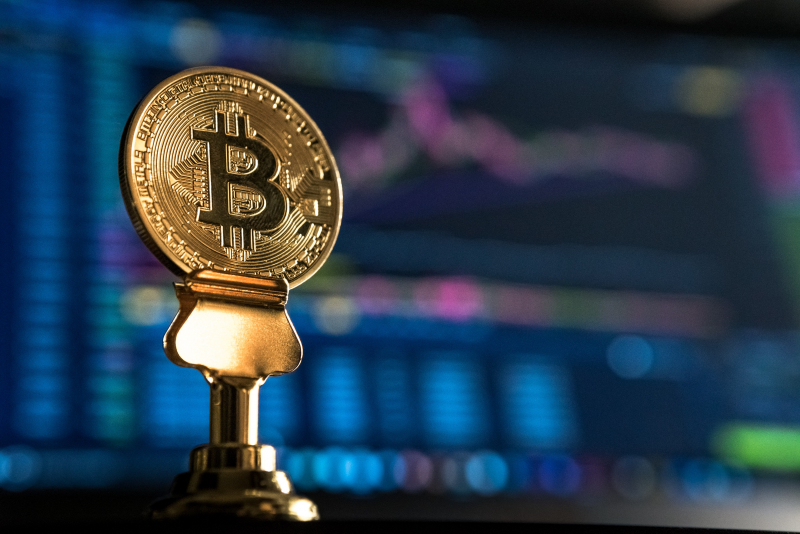
Image by André François McKenzie via Unsplash 
Image by GR Stocks via Unsplash -
Crypto exchanges generate revenue through various means, and one of them is by enabling the trading of listed tokens and collecting a fraction of transaction fees. These listing fees assist exchanges in offsetting the expenses associated with integrating a coin into their platform. This process involves setting up both hot and cold wallets, developing order books, updating charts and pricing data, providing customer support, and more.
For crypto projects, having access to sufficient financial resources is crucial to participate in this ecosystem and cover ongoing costs. Regardless of how promising their technology may be, they risk fading into insignificance if they cannot afford the expenses associated with cryptocurrency exchange listings. There is always another project ready to step in and fulfill the financial requirements.
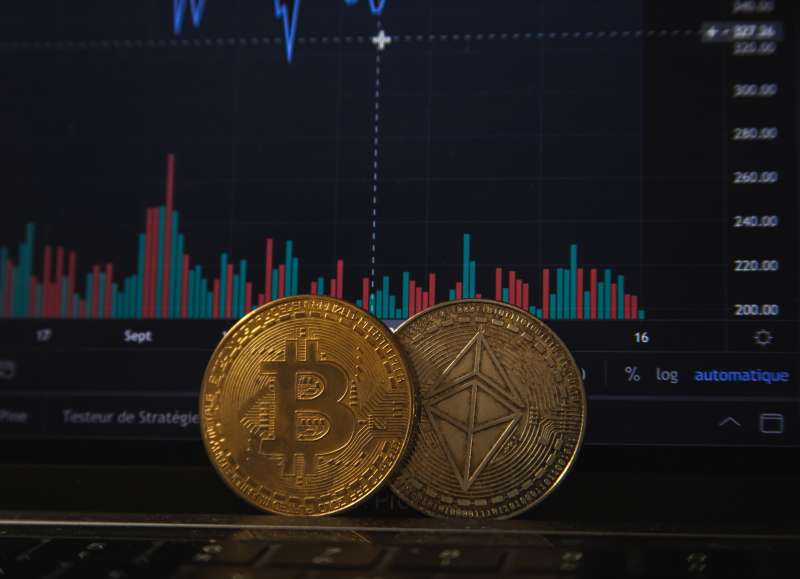
Image by Pierre Borthiry - Peiobty via Unsplash 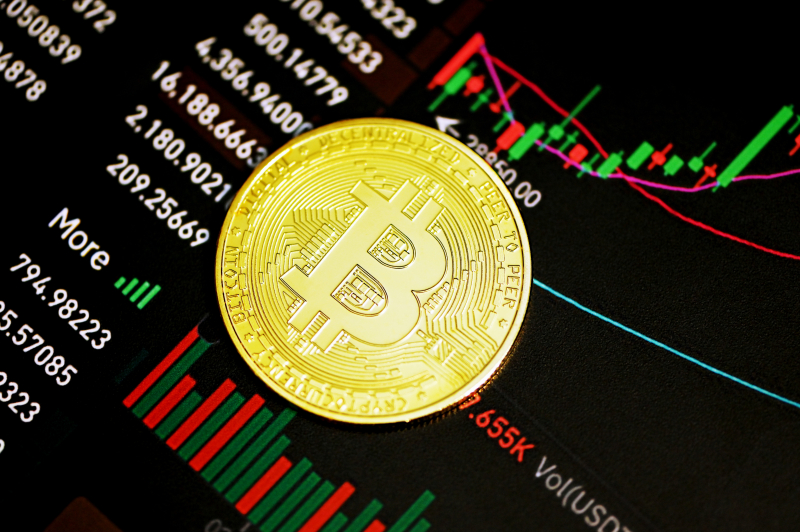
Image by Kanchanara via Unsplash








